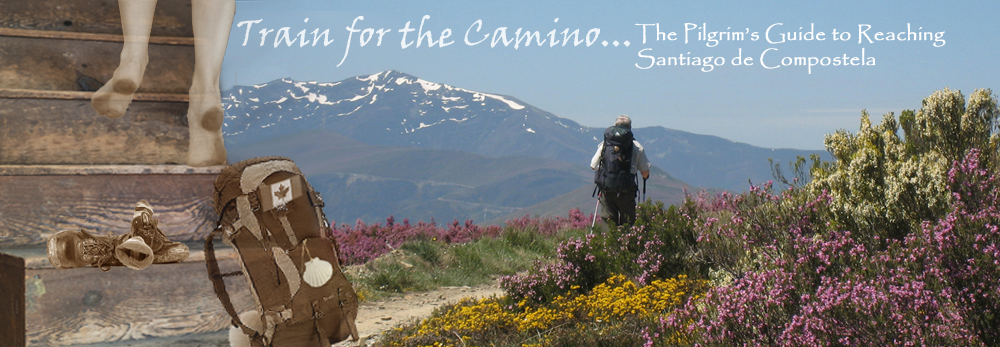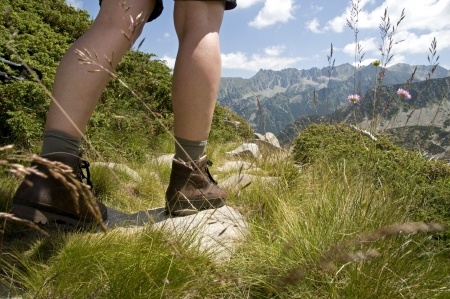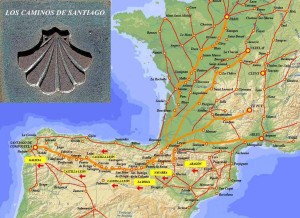 I have been a program / project manager most of my working career which means an obsessive focus on planning. This of course runs over into my personal life and I have a Microsoft Project plan, as well as several “To Do” and outfitting lists that I am tracking. Below is my final 14 week Master “To Do” list for my Camino trail planning with Completion dates. All this planning has helped reduce my level of Camino Readiness anxiety.
I have been a program / project manager most of my working career which means an obsessive focus on planning. This of course runs over into my personal life and I have a Microsoft Project plan, as well as several “To Do” and outfitting lists that I am tracking. Below is my final 14 week Master “To Do” list for my Camino trail planning with Completion dates. All this planning has helped reduce my level of Camino Readiness anxiety.
In my last blog post, as you know, I was experiencing anxiety in regards to endurance training for the long 800 km walk to Santiago de Compostella. I have been focusing on daily training activities and I am feeling good about my level of endurance training which includes hills, deep snow, and engaging the upper body using walking poles. Most of the items below are already in works, but they all need to be completed in the next 14 weeks.

 I recently had a comment submitted asking questions about blisters and shoes for walking the Camino de Santiago. And so Vicky, in answering your questions, I decided to include my guidelines for evaluating, planning for and maintaining foot health in the following 4 tips:
I recently had a comment submitted asking questions about blisters and shoes for walking the Camino de Santiago. And so Vicky, in answering your questions, I decided to include my guidelines for evaluating, planning for and maintaining foot health in the following 4 tips: